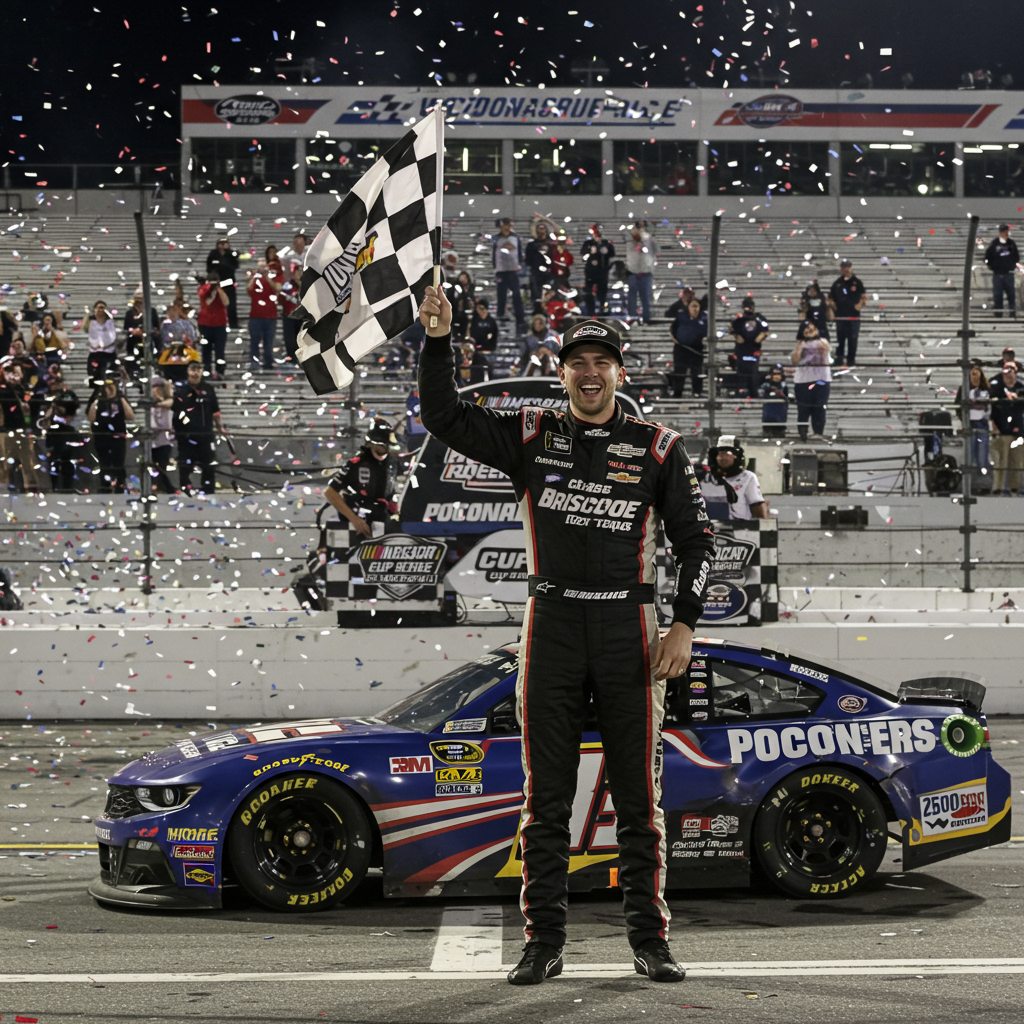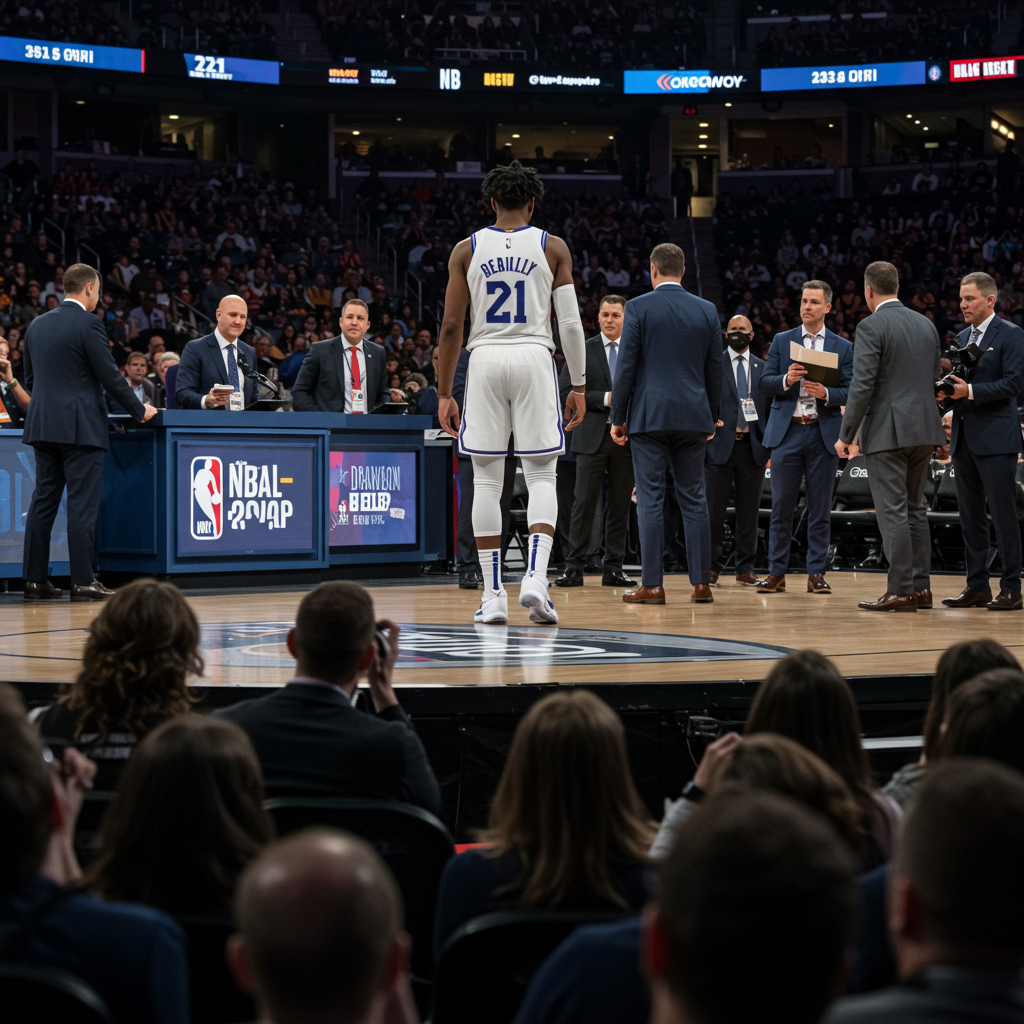FILED UNDER: MAVERICKS FEATURES
Cooper Flagg’s newest ad campaign displays the parasitic relationship between sports and their fans
Breaking the bank for fandom is almost no longer voluntary
By David Trink | Jun 17, 2025, 2:45pm CDT
Basketball phenom Cooper Flagg, widely anticipated to be selected first overall by the Dallas Mavericks in the upcoming NBA Draft, recently featured in a new ad campaign for New Balance. The 28-second spot cleverly highlights Flagg’s achievements, culminating in a play on words referring to Draft Day as “Flagg Day.” Given America’s reverence for its flag, it’s a smart, impactful marketing move for the young star.
As a Mavericks enthusiast and Flagg follower, this campaign naturally piqued my interest in the associated merchandise. A visit to the New Balance website, however, quickly shifted my enthusiasm to disappointment – though perhaps not surprise.
Available merchandise includes a sweatshirt in two colors and a t-shirt in three. The cost to purchase both? A staggering $230 before taxes ($75 for the shirt, $155 for the sweatshirt). Charging $75 for a basic t-shirt feels exorbitant. While I’d love to support Flagg and represent his burgeoning brand, justifying a $75 price tag for a shirt I could potentially make myself for around $20 is simply impossible.
This blatant disregard for the average fan’s budget sparked a realization: this isn’t an isolated incident. The cost of being a Dallas Mavericks fan seems to be increasing across the board. Unless you bypass traditional channels entirely – making your own gear, watching games exclusively at home, or resorting to illegal streams – supporting the team is becoming a significant financial burden.
Beyond the Merch: Game Day Expenses Skyrocket
The high price of Flagg’s t-shirt is just a microcosm of the broader financial strain on fans. Attending a home game at the American Airlines Center provides further stark examples of inflated costs:
Concessions: A small, four-slice cheese pizza – once the most affordable food option – now costs a “ludicrous” $18. Paying less than $35 for just a pizza and a beer feels impossible.
Tickets: Sitting in the third level can set you back around $80.
Parking: Expect to pay roughly $30 just to park your car.
Merchandise: A team hat costs about $40, while a favorite player’s replica jersey is around $150.
Adding up these typical costs for a single game results in a substantial outlay, feeling less like cheering on your team and more like navigating a minefield of corporate greed.
Rising Ticket Prices and the Search for Alternatives
This trend extends beyond single-game experiences. This past year, my season tickets saw an 8% price hike. Crucially, this increase occurred before the Mavericks secured the first overall pick in the draft, meaning fans were asked to pay more at a point when team performance hadn’t yet earned them a higher draft position. This juxtaposition – rising costs coinciding with personal fandom being at a low point – was a significant test of loyalty.
It’s easy to feel like complaining about these price hikes is futile; once prices go up, they rarely come back down. However, other teams and owners have demonstrated that prioritizing the fan experience is possible. Matt Ishbia in Phoenix, for example, introduced a “value menu” at Suns games, offering cheaper food options. Steve Ballmer in Los Angeles, through the development of the new Clippers arena, has reportedly aimed to make attending games more enjoyable and accessible, even including lower season ticket prices in certain sections. These examples prove that teams can invest in the fan experience rather than solely focusing on maximizing immediate return on investment, suggesting the Mavericks may be choosing the latter.
The Bottom Line: Is Fandom Sustainable?
Even reliably watching games from home can add to the expense, with local streaming options in the Dallas-Fort Worth area potentially costing another $100 or more. The cumulative effect of these costs makes fandom feel increasingly like a “sham,” where the financial barrier is becoming too high for many.
The Cooper Flagg merchandise, though just one example, highlights the growing financial pressure on sports fans. It’s getting dangerously close to, or may have already passed, an “inflection point” where the most passionate and dedicated fans – the very people teams want filling their arenas – are being priced out. While some factors might be systemic issues within the sports industry, the Mavericks bear some responsibility for the current situation.
Personally, my passion for the team won’t be extinguished by capitalism. I’ll make sacrifices – go hungry at games, walk instead of park, even consider making my own jerseys – but I draw the line firmly at paying $75 for a t-shirt.


